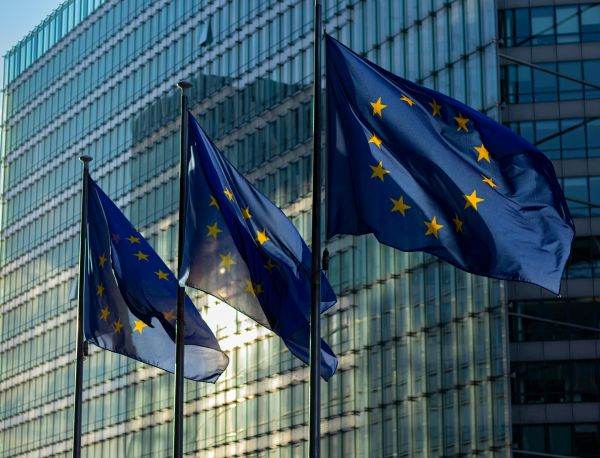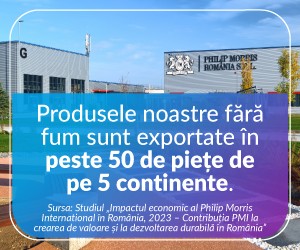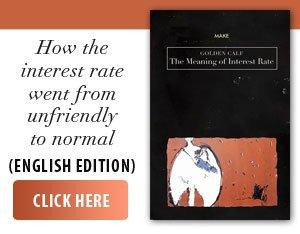The growth of the national economy by only 0.7% at the end of 2025 and by 1.1% at the end of next year, according to the autumn forecast published yesterday by the European Commission, opens a gloomy picture for our country, caught in an explosive combination of tough fiscal consolidation, reaccelerated inflation and contracted consumption. The Commission's official estimates outline an economy that is moving forward slowly, with a real GDP whose growth is severely hampered by mandatory budgetary adjustment measures that reduce private and public consumption, already eroded by a sudden acceleration of inflation.
Even in this tense climate, the economy continues to advance thanks to a gradual recovery in private investment, an acceleration in spending through the National Recovery and Resilience Plan and a considerable improvement in net exports. Only in 2027, when the pace of fiscal consolidation will moderate, is real GDP growth forecast to exceed the 2.1% threshold, according to the European Commission. The cited source shows that the labor market is starting to cool down, and the slowdown in import-intensive consumption, combined with the resilience of exports, should gradually reduce a still alarmingly high external deficit. The general budget deficit, which reached 9.3% of GDP in 2024, is expected to decrease to 8.4% in 2025 and 6.2% in 2026, following several successive fiscal adjustment packages.
The European Commission's data on macroeconomic indicators outlines an economy stretched to the limit for our country. Thus, for the end of 2025, officials in Brussels forecast inflation of 6.7%, unemployment of 6.1%, a budget balance of -8.4% of GDP, a public debt of 59.1% and a current account deficit of -7.9% of GDP for Romania. In 2026, inflation is expected to fall to 5.9%, unemployment to 5.8%, the budget deficit to -6.2%, public debt to 61.1% and the external deficit to -6.4%. For 2027, the Commission's forecasts indicate inflation of 3.8%, unemployment of 5.6%, a budget deficit of -5.9%, a public debt of 62.7% and an external deficit of -6% of GDP.
From the European Commission's analysis, we note that at the end of this year, GDP growth will be 0.2% lower than last year, when GDP increased by 0.9%. Political and fiscal uncertainty has affected private consumption since the first half of the year, and fiscal consolidation measures adopted during the summer further reduce disposable income. Public consumption is on the same downward trajectory, while the economy is supported only by a moderate recovery in gross fixed capital formation and still resilient exports.
The European Commission claims that in 2026 the full effects of fiscal consolidation (freezing public sector wages and pensions, increasing taxes and persistently high inflation) will cause a slight contraction in private consumption, along with a further decrease in public consumption. However, gross fixed capital formation is expected to accelerate considerably amid improving business confidence and the completion of investments in the PNRR. At the same time, the decline in private consumption will strongly dampen imports, while exports will continue their upward trend, generating a positive contribution to net exports. In 2027, the decline in inflation and the easing of monetary policy should stimulate both private investment and consumption, and Romania will increasingly use cohesion funds. Economic growth is expected to be 2.1%, while the current account deficit will fall to 6% of GDP.
The labor market confirms the cooling of the economy: in 2025, employment decreased, and the unemployment rate is expected to pass 6% at the end of this year, although our country continues to attract a high flow of foreign workers, a sign of structural imbalances in a number of sectors such as construction and services. The unemployment rate is expected to gradually decline to 5.8% in 2026 and 5.6% in 2027. The freeze on public wages and the moderation of private wages will strongly dampen nominal wage growth, bringing it into negative territory in real terms, but this moderation supports external competitiveness after years of rapid wage increases.
Brussels officials also show that inflation has returned strongly in 2025 in our country. After a decrease to 5.8% in 2024, the elimination of the ceiling on electricity prices for households, the increase in VAT and the increase in excise duties led inflation to 8.6% in September 2025. The annual average will rise to 6.7% at the end of the year, and is set to fall below 6% in 2026, amid weak private consumption and strong disinflationary base effects. The removal of the natural gas price cap in March 2026 will slow down the disinflation process, and the entry into operation of ETS2 risks amplifying inflationary pressures in 2027, pushing back inflation within the central bank's target range by the end of the year.
The budget deficit is entering a slow correction process after peaking at 9.3% of GDP in 2024. It is expected to fall to 5.9% in 2027, following the adoption of massive fiscal consolidation packages. Despite these severe adjustments, public debt is expected to increase from below 55% of GDP in 2024 to around 63% in 2027, driven by high primary deficits and increased interest costs.
The risks remain visible and strongly tilted to the downside: any deviation from the fiscal consolidation path, any blockage in the implementation of PNRR investments or turbulence in international trade can quickly destabilize an already fragile economy.




























































